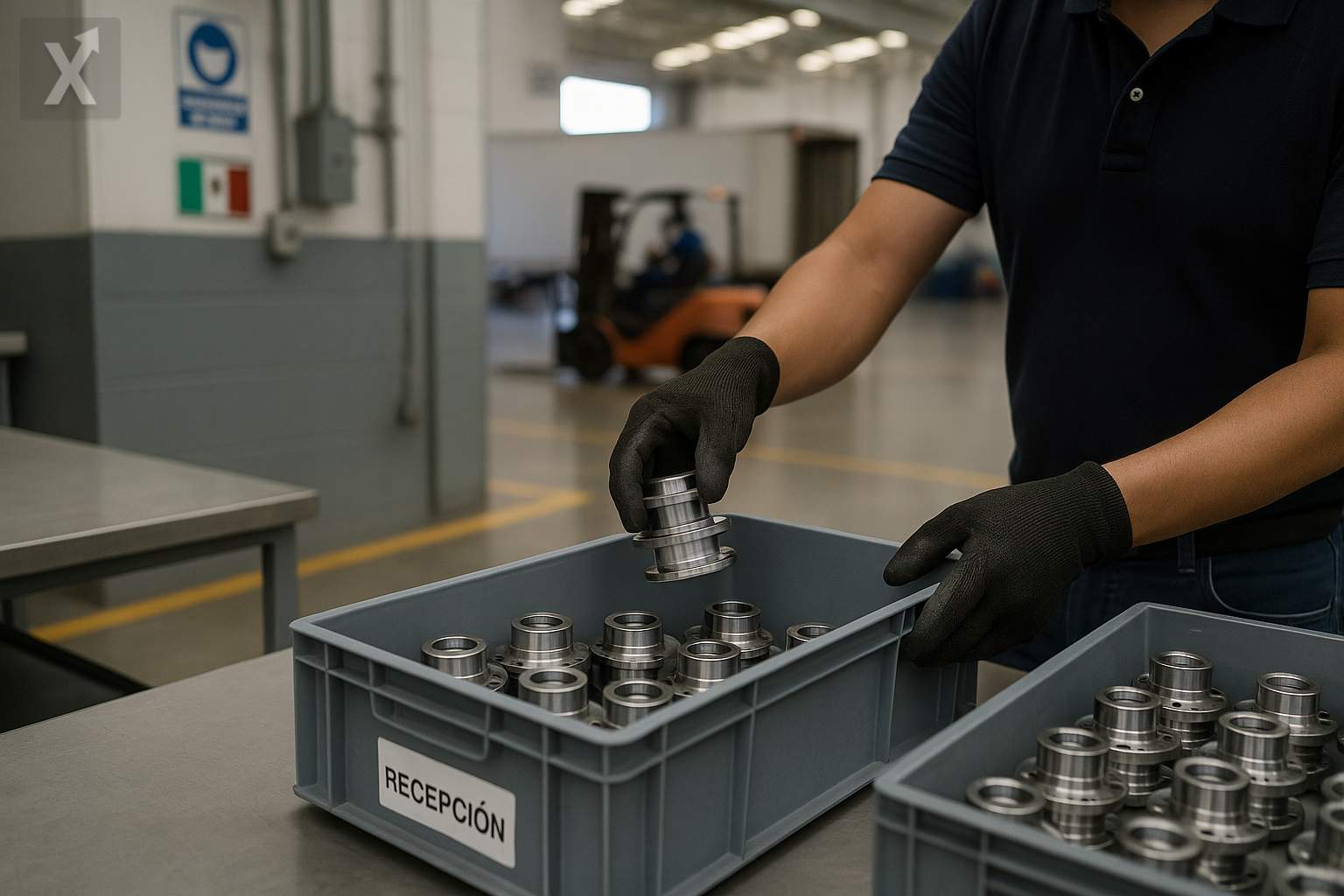Inegi Predicts Setback in Activity for September and a Pause in October; Industry Continues to Weaken While Services Cushion the Blow

The Mexican economy appears to have entered a more noticeable moderation phase by the end of the third quarter. According to Inegi’s Timely Indicator of Economic Activity (IOAE), total economic activity in September is estimated to have dropped by 0.5% compared to the previous month and by 0.7% year-over-year. In October, it is expected to have remained unchanged both month-over-month and compared to October of the previous year. The preliminary data suggests that the momentum seen at the beginning of 2024 cooled off in the second half of the year, amid a backdrop of tight financial conditions and signs of weakness in the manufacturing sector.
By major sectors, the industrial sector was the main driver of the recessionary bias. In September, the Monthly Indicator of Industrial Activity is estimated to have declined by 0.4% month-over-month and 3.3% year-over-year, reflecting a loss of momentum in manufacturing and ongoing fatigue in construction. In contrast, the tertiary sector showed resilience, with a marginal increase of 0.1% month-over-month and 1.1% year-over-year. For October, the IOAE forecasts overall stagnation, with a further annual contraction of 2.1% in manufacturing and a 0.9% increase in services.
Analysis from Monex highlights that between January and August, the industrial sector registered a cumulative annual decline of 1.8% based on original figures, meaning that ongoing weakness in manufacturing and a slowdown in construction are likely to continue affecting year-end results. Meanwhile, business confidence indicators remained in contraction territory for manufacturing, construction, and commerce after three months of improvements—a pattern consistent with more cautious input purchases, lower short-term investment, and weaker order books.
The industrial slowdown is partly explained by a less favorable external manufacturing cycle and by the normalization of the public works boom seen in recent years. Demand from the United States—a key driver for Mexican exports—has been volatile, while the auto sector has had to adjust its production levels and product mix. Although the nearshoring wave continues to drive new projects and industrial occupancy remains high in the north of the country, actual deployment of new facilities and installed capacity takes time and faces bottlenecks in areas such as electricity, permits, and logistics.
On the domestic front, consumer spending has provided a buffer thanks to historically high remittances, increases in real wages, and a still-resilient labor market. However, interest rates remain at restrictive levels, and the fading of fiscal stimulus after the completion of megaprojects is restraining construction. Overall inflation has eased from its 2022–2023 peaks, but services still face pricing pressures, leading the central bank to act cautiously in any potential monetary policy normalization. Recent episodes of exchange-rate volatility have also affected business costs and expectations.
Against this backdrop, risks for the final stretch of the year appear balanced but with a downside tilt for the industrial sector: a further slowdown in external demand, persistently high interest rates, and planned fiscal consolidation for 2025 could all hinder economic activity. On the positive side, increased nearshoring-related investment, progress in energy infrastructure, and a gradual reduction in interest rates as inflation allows could help support domestic demand. The Global Indicator of Economic Activity (IGAE) for September, to be released in the coming days, will confirm the extent of the monthly decline and allow for updated projections for the end of 2024, which consensus estimates place at around 2.0%–2.5% year-over-year.
In summary, timely data points to a lower growth floor for the fourth quarter: industry is weighing down the figures, services are holding up, and the overall risk balance depends on the trajectory of inflation, interest rates, and U.S. demand. Confirmation from the IGAE and further readings on business confidence and investment will be key to assessing whether the economy is headed for a temporary stagnation or a more prolonged slowdown.





